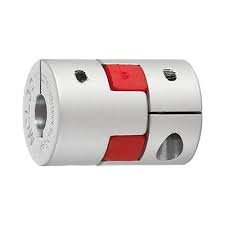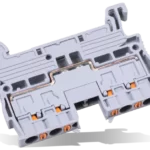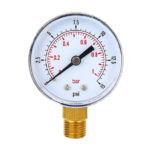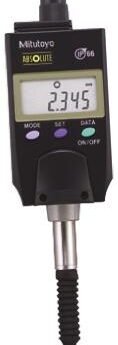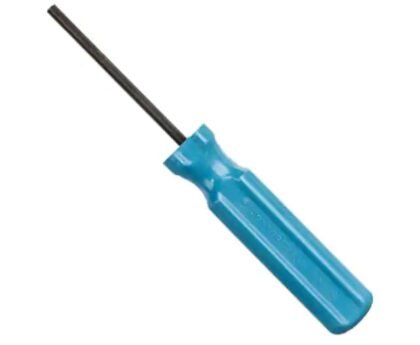Mechanical systems are marvels of engineering, with components interacting seamlessly to produce movement, energy, or power. However, not every part fits perfectly with another, and that’s where flexible couplings come into play. As the unsung heroes of the mechanical world, these devices are essential for a range of applications. In this guide, we’ll delve into everything you need to know about flexible couplings.
What Are Flexible Couplings?
At its core, a flexible coupling is a device that connects two shafts together, allowing them to transmit power. Unlike rigid couplings, which hold shafts in a fixed position, flexible couplings accommodate slight misalignments, ensuring the entire system functions smoothly. The flexibility of these couplings is especially valuable in systems where misalignment could lead to excessive wear, vibration, or system failure.
Types of Flexible Couplings
Flexible couplings come in various designs, each tailored to specific requirements and applications. Here’s a brief overview of the most common types:
- Elastomeric Couplings: These couplings are made of elastic materials like rubber or polyurethane. They’re excellent for absorbing shock and dampening vibrations. Elastomeric couplings are often used in applications with irregular torque or where vibration could be an issue.
- Gear Couplings: Consisting of two hubs with external gears that mesh with the internal gears of a sleeve, gear couplings provide high torque capabilities. They can accommodate angular, parallel, and axial misalignments.
- Disc Couplings: Comprising a set of flexible discs made of materials like stainless steel, these couplings can handle high torque loads and high-speed applications. The discs can flex to accommodate misalignment.
- Chain Couplings: These function by having two sprockets linked by a double roller chain. Chain couplings are simple, easy to install, and can handle a moderate amount of torque and misalignment.
- Bellows Couplings: Using a flexible bellows made from stainless steel or other materials, these couplings are known for their high accuracy. They’re often used in applications requiring precise alignment.
Why Use a Flexible Coupling?
While it might seem like a minor component, flexible couplings play a vital role in various applications. Here are some reasons why they’re indispensable:
- Compensate for Misalignments: As mentioned earlier, misalignments in a mechanical system can cause problems. Flexible couplings help address these issues by ensuring smooth power transmission even when the shafts aren’t perfectly aligned.
- Protect Equipment: Sudden torque spikes, vibrations, or shock loads can damage equipment. By absorbing these irregularities, flexible couplings can prolong the life of the connected components.
- Reduce Maintenance: Since they compensate for misalignment and absorb disturbances, flexible couplings can lead to decreased wear and tear. This translates to reduced maintenance needs and longer equipment lifespan.
- Accommodate Thermal Expansion: Some systems may experience changes in alignment due to temperature variations. Flexible couplings can adjust to these changes, ensuring the system continues to operate efficiently.
Selecting the Right Flexible Coupling
Choosing the appropriate coupling is crucial to ensure optimal system performance. Here are some factors to consider:
- Torque Capacity: Ensure the coupling can handle the system’s torque demands.
- Type of Misalignment: Different couplings accommodate various misalignments—angular, parallel, or axial. You’ll need to determine which misalignment your system is most prone to.
- Operational Speed: Some couplings work better at high speeds, while others are better suited for slower operations.
- Environmental Factors: Consider the operating environment. Some couplings might not be ideal for corrosive or high-temperature settings.
- Size and Space: Ensure the coupling fits within the available space, especially in compact systems.
Maintenance and Care
Like all mechanical components, flexible couplings require maintenance:
- Regular Inspection: Check for signs of wear, cracks, or any deformities. For elastomeric couplings, look for hardening or softening of the material.
- Lubrication: Gear and chain couplings, in particular, require periodic lubrication to ensure smooth operation.
- Replacement: Even the best couplings wear out over time. Stay ahead of potential failures by replacing them at the recommended intervals or when signs of significant wear are evident.
Conclusion
Flexible couplings, though often overlooked, are integral to the efficient operation of many mechanical systems. By understanding their types, uses, and maintenance needs, engineers and technicians can ensure prolonged system health and optimal performance. Whether you’re in the design phase or maintenance mode, giving due consideration to flexible couplings can save time, resources, and potential headaches down the road.

